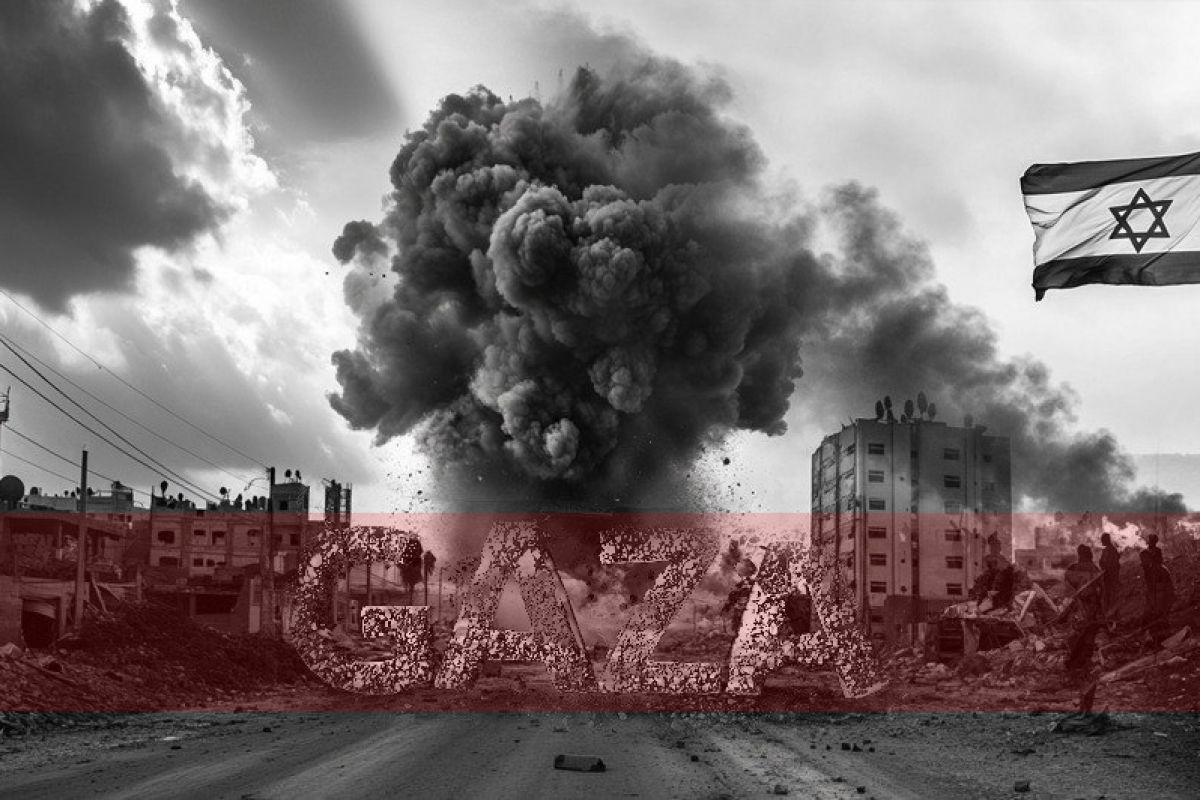by Scott Alden
As part of the celebration of BGG's 25th anniversary, we are pleased to announce the next five of 25 inductees into The BoardGameGeek Hall of Fame, listed in order by release date.
For background on The BGG Hall of Fame, the reasoning behind which games were eligible and which were chosen, and the first five inductees by chronological order, please see this introductory post. The second five inductees can be seen here.
The rest of the inductees will be revealed throughout the week. Stay tuned!
•••
11. Carcassonne — 2000
Each turn in Klaus-Jürgen Wrede's Carcassonne, you draw and place a tile that shows road segments, part of a city, a cloister, or grassland in some combination. City must connect to city, road to road, and over time players develop their own version of a southern French landscape. With each tile you add, you can place one of your tokens — or meeples, a fan term that became ubiquitous across the industry — on part of it: a knight in the city, a robber on the road, and so on. When a feature is complete, players score that feature's tokens and get them back to use again. You can play friendly or cutthroat, with the base game alone or with more than one hundred expansions, making Carcassonne one of the most accessible and expandable games ever made.
Youtube Video
12. Power Grid — 2004
To master Power Grid, you need to manage your money and know when to strike. During the game, you bid on power plants fueled by coal, oil, trash, and nuclear power, with plants being able to power more and more cities over time. Fuel for these plants is limited, increases in cost as the supply diminishes, and can even be entirely depleted. To put that fuel to use, you must build a network of cities, seizing the best routes while they're still available. The more cities you power, the more money you make...but the later you go in turn order, which drives up fuel and route costs as you race to be the first to power enough cities to win. Designer Friedemann Friese has created dozens of themed expansions for this flexible game system from his own 2F-Spiele company.
Youtube Video
13. Ticket to Ride — 2004
Alan R. Moon designed a half-dozen train games before he created Ticket To Ride, which has been a runaway success since its debut. The game is driven by rummy-style card play, with players drafting cards, then playing colored card sets to claim matching routes on the game board. Each route claimed earns you points, but you also want to claim routes that connect the two cities listed on your secret ticket cards. If you do, you gain extra points at game's end; if not, you lose those points instead. Want to play risky? Draw more tickets and see what you get! Ticket to Ride can be played by all ages, whether casually or competitively, making it an ideal game for players of all skill levels.
Youtube Video
14. Caylus — 2005
In William Attia's Caylus, players collectively build the King's castle and the surrounding town in a "Mother, may I?" fashion. Each round, players take turns placing their workers on buildings along a path that leads away from the castle to call dibs on a specific action. Players determine which buildings are placed in which order along the path, giving each game a different feel, but placing a worker doesn't guarantee you'll get to use that building. At round's end, players can pay to move a provost back or forth on the path, and building actions stop where the provost stands, creating an element of co-operative play. Caylus popularized the worker placement genre, which has seen hundreds of new entries over the past two decades.
Youtube Video
15. Twilight Struggle — 2005
Ananda Gupta and Jason Matthews' Twilight Struggle allows two players to relive the Cold War, the 45-year period after World War II in which the Soviet Union and the United States tried to influence governments and political movements around the world, often through proxy wars. Players track their influence in Europe, Central America, the Middle East, and elsewhere on a world map, taking turns playing cards that highlight events from actual history. Cards can played for their event or for operation points to influence regions, attempt coups, affect the space race, and more. Twilight Struggle gives players a different type of wargame, one that mimics how in the real world war takes many forms. After countless awards and being ranked #1 on BGG for a few years, it's undeniable that Twilight Struggle has had a huge impact on our hobby, with its tense, card-driven gameplay inspiring many other historical board games.
Youtube Video
Source: View source


/pic8658423.png)

